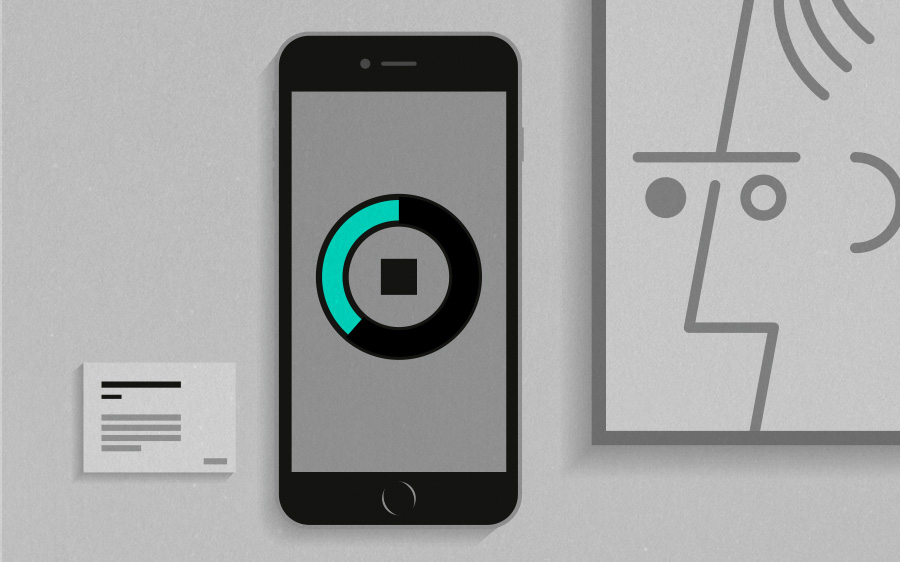
The art of apps
The art gallery. Nexus between the technologically innovative and the timelessly traditional.
Whilst even leading galleries still have stacks of paper maps and guides at their visitors desk, many are making the shift to digital with the creation of site-specific apps.
With an eye on the added visitor value, I’d like to share a few experiences from recent trips.
Solomon R. Guggenheim Museum, New York
With a building as iconic as the Guggenheim, instantly recognisable in its spiral design, you’d expect an approach to their app to be equally innovative. In fact, it’s everything you could possibly need with an easy to navigate interface.
Free WiFi enabled me to download the app without eating into my own data – further encouraging me to get on board. Of course, the obligatory email signup means they can promote upcoming shows to me, but that’s why we’re here, right?
As well as guides to past and present exhibitions the app offers additional content and insights that add another informative layer on top of the art experience. Explore individual gallery spaces or artists – the app includes audio essays on featured artists and their work.
This content top-up extends the art experience beyond the gallery, giving me access to over 1,600 works and furthering my engagement. Presumably locals can keep topping it up with the latest content thanks to push notifications – repeat visitation is essential even for destination galleries like this.
Tate Modern, London
The repurposed power station-turned-art-cathedral does content a little differently. Their strategy revolves around a collection of individual apps, each focusing on a particular artist, mainly those who’ve had a major show or retrospective.
They also have apps created specifically for their big ticket exhibitions, similar to the Guggenheim’s approach. Creating apps isn’t cheap, but I wonder just how much of their development costs the Tate manages to recoup via the average £1.99 price tag of these apps.
There are also a couple of attempts to gamify the visitor experience which are more suited to the little ones. They look like they’d be fun and aim to instil an interest in art at a young age – again, repeat visitation is key.
I would have expected Tate Modern to have created a cool navigation app given the gallery’s edgy branding and reputation for breaking new ground. But the gallery itself is about to get a refresh thanks to a brand new extension, maybe there’ll be some fresh technology built in.
Museum of Old and New Art (MONA), Tasmania
This innovative gallery takes a unique approach and personally I feel they lead the way. Definitively, there’s not an explanatory sign in sight, just you, the art and MONA’s ‘O’ app.
It comes pre-installed on a modified iPod and as you wander from space to space, a network of custom-created beacons throughout the gallery trigger the app to display information about the art nearest to you. Not once did it wrong-foot my location and give me info out of place.
As well as the traditional description of each art piece, further multimedia content added a whole new experience layer. A selection of info options includes a range of ephemera surrounding each piece. From artists interviews to Walsh’s thoughts on the artworks to his heated email exchanges trying to negotiate the price down. This honest approach to art is refreshing and at times highly amusing. The content alone is almost worth the price of admission.
Created by Art Processors, the ‘O’ app enables you to vote artworks up or down and see how they’re positioned in the rankings. No doubt this data is used to curate exhibitions more effectively, if not to relegate low-interest pieces to storage.
If you provided your email when you first received the ‘O’ you’re in for a treat when you get home. Login to the MONA site and you see a 3D trail of your journey through the gallery. You can relive it, read about the art you saw and even look at the art that you missed. It’s a clever approach to encouraging engagement with the website.
_
Three different strategies, yet in each case the goal is to engage further, educate further and ensure the maximum experience is extracted from the art. When there’s a clear goal and relevant content, apps work. But there’s definitely an art to it.
